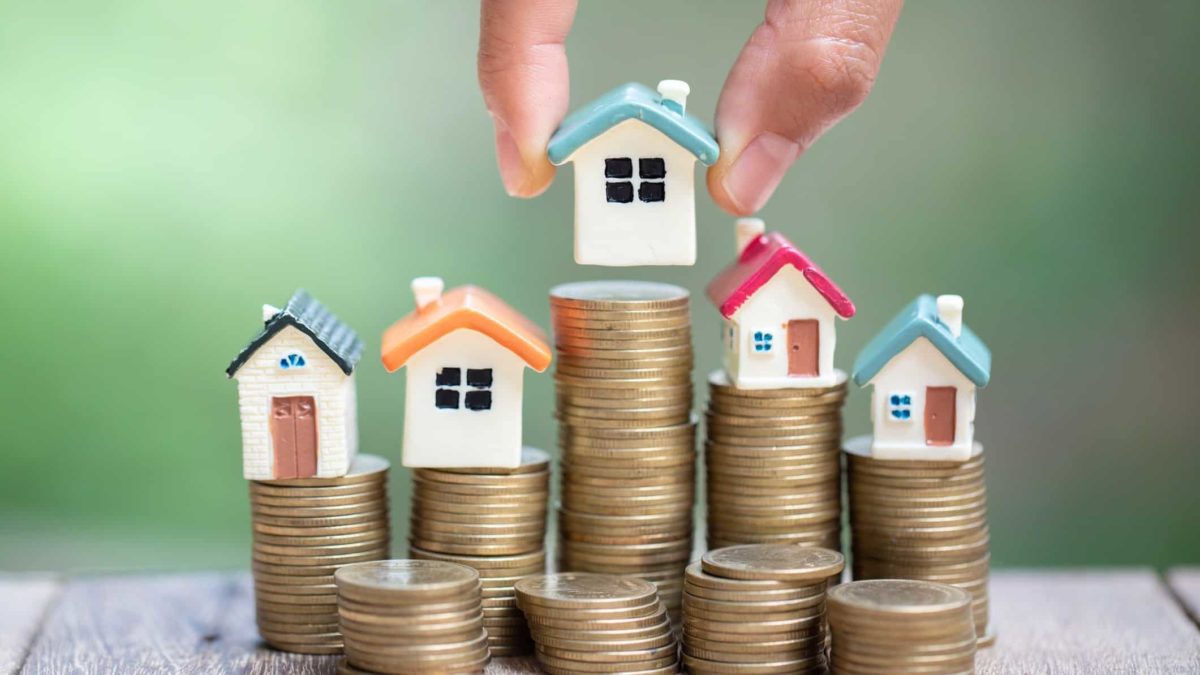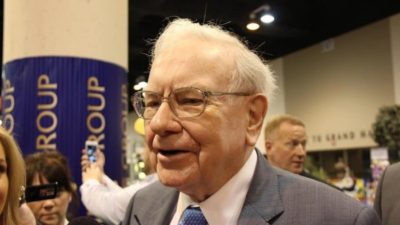Share investing is more lucrative than real estate investment in dollar terms, based on new tax data.
The Australian Taxation Office recently released a new round of annual tax data. The information relates to the financial year 2022.
The tax data does not allow us to directly compare the yields of shares vs. property based on a single amount of capital invested. It simply collates what's in our tax returns.
But it's still interesting to note that taxpayers reported 5x the investment income from dividends compared to net rent.
Let's take a look at the numbers.
What's the average income that share investing delivers?
In this article, we compare investors' average annual dividend income to average annual net rental income, excluding capital gains income.
The data shows about 2.75 million taxpayers reported franked dividend income in their FY22 tax returns.
The average franked dividend income per person totalled $12,178, up from $8,509 in FY21. The median franked dividend income was $549, up from $343 in FY21.
The average value of dividend franking credits per person totalled $4,904, up from $3,412 in FY21. The median dividend franking credit was $238 per person, up from $149.
About 1.19 million taxpayers reported unfranked share investing dividend income. The average income was $1,309, up from $1,109 in FY21. The median unfranked dividend income was $166, up from $89.
Now let's take a look at shares vs. property in terms of income.
How much income did real estate investment deliver?
About 2.29 million Australians reported net (after costs) rental income.
The average net rent was $2,608 per person, up from $1,417 in FY21. The median was $1,070, up from $357 in FY21.
So, if we compare the average franked dividend income per person to net rental income, share investing delivered almost 5x the earnings.
Why is this so?
Shares vs. property: Why did shareholders earn more?
As any investor who has dabbled in shares vs. property knows, the biggest single element that likely explains why share investing income came in 5x higher than rental income is the property holding costs.
Holding shares investments involves no ongoing annual costs unless you have a loan funding your investment, in which case you pay interest just like property investors do.
Many investors don't borrow to buy shares because they don't have to. Most big banks allow investors to buy ASX shares for as little as $500 per trade.
Many shares investors start small, using spare earnings to build a portfolio over time. They buy additional shares when they have the funds and/or reinvest dividends along the way to grow their portfolio.
The only ongoing share investing costs are brokerage fees whenever investors buy or sell. That's it.
Property is a different story.
Most investors have to get a loan to buy real estate investments because property prices are so high.
Then there are the leaky roofs to deal with, as well as insurance premiums, council and water rates, property management fees, strata levies, and more.
And all of these holding costs eat into rental income and lower the overall yield.
Even with the official cash rate at emergency lows for 10 out of the 12 months of FY22, interest was still by far the biggest expense incurred by landlords, with a collective $15.76 billion shelled out, according to the data.
The next biggest holding costs — from highest to lowest — were council rates, property management fees, repairs and maintenance, body corporate fees, insurance, water and sewerage services, and land tax.
How many landlords does Australia have?
In FY22, Australia had 2,268,161 landlords, up 1% on FY21.
That's the equivalent of about 22,600 more landlords.
FY22 was only the second year in more than two decades in which a majority of landlords reported cash flow neutral or positive income. This only occurred because mortgage rates were at record lows up until the Reserve Bank began raising interest rates in the 11th month of FY22 (May 2022).
Traditionally, the majority of property investors in Australia are negatively geared. This means the rental income does not cover the cost of the mortgage and general holding costs (and they get a tax deduction on the difference).
Top ASX dividend stocks for share investing
If you're interested in share investing, we're here to help.
In early July, my colleague Tristan wrote about the outlook for ASX 200 dividend shares in FY25.
Based on CommSec forecasts and share prices on the day of publication, Tristan identified a bunch of ASX shares that were forecast to pay grossed-up franked dividend yields of 6% or more.
Here are a few examples of those forecasts to give you some inspiration for research:
- National Australia Bank Ltd (ASX: NAB) could pay a grossed-up dividend yield of 6.7%
- BHP Group Ltd (ASX: BHP) could pay a grossed-up dividend yield of 7.6%
- Westpac Banking Corp (ASX: WBC) could pay a grossed-up dividend yield of 7.9%
- ANZ Group Holdings Ltd (ASX: ANZ) could pay a grossed-up dividend yield of 8.3%
- Fortescue Ltd (ASX: FMG) could pay a grossed-up dividend yield of 9.2%.









